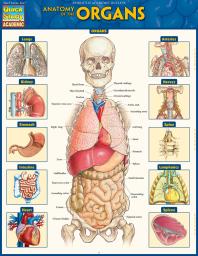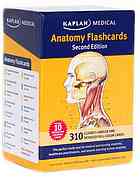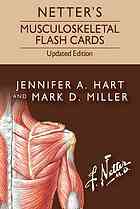These resources can help health sciences students at the undergraduate and graduate level gain necessary human anatomy knowledge.
Online Tools
3D & Virtual Interactive Learning
Subscription and open-access 3D and virtual interactive learning resources to support all health sciences students.
- Anatomy and Physiology Revealed – an interactive cadaver dissection experience. Detailed information and audio pronunciations build anatomical knowledge, and comprehensive quizzing reinforces learning. (AccessPhysiotherapy platform)
- Human Anatomy Modules – interactive modules that allow for visualization of the human body in 3D format. (AccessMedicine Platform)
- Human Anatomy Tours – focuses on a few select anatomical structures in detail. Interactive slides with text. (AccessMedicine Platform)
- Innerbody: Human Anatomy Online – enables you to pick a body system, click on names or body parts from a picture, and obtain descriptions.
- Get Body Smart – an online examination of human anatomy and physiology. Animated text narrations and quizzes to explain the structures and functions of the human body systems.
- Lumen Learn – interactive models with testing. Click on area of the body to explore and then the numbers on the models for identification. Areas covered: skeletal, muscle, nerves, arteries, dermatones, cutaneous innervation.
- Muscle Atlas – University of Washington Department of Radiology Muscle Atlas and teaching materials. Contains an illustrated atlas of the muscles of the upper and lower extremities and online teaching materials on musculoskeletal radiology.
- MedPix – from the National Library of Medicine, a free open-access online database of medical images, teaching cases, and clinical topics, integrating images and textual metadata including over 12,000 patient case scenarios, 9,000 topics, and nearly 59,000 images.
- Radiopaedia – one of the web’s largest collections of radiology cases and reference articles.
- NIH Anatomy & Physiology Training Modules – introduce the structure and function of the human body.
- The Visible Human Project – created by the National Library of Medicine (NLM). Provides publicly-available complete, anatomically detailed, three-dimensional representations of a human male body and a human female body. Specifically, cross-sectional cryosection, CT, and MRI images obtained from one male cadaver and one female cadaver.
- Clarkson University Human Anatomy Resources – created by faculty and professionals at Clarkson University, this source compiles resources as part of the Brainstem project.
Videos
YouTube and institutional videos to help students learn human anatomy.
- Adivine Anatomy – cadaver dissection.
- Anatomy Zone – 190+ video tutorials covering an extensive range of focused areas of human anatomy.
- Dr. C Anatomy – cadaver dissection.
- Dr. Najeeb Lectures – clinical; physiology; great white board illustrations.
- Gross Anatomy Dissections – these videos of real cadaver dissections are good preparation for the anatomy lab. Developed by the University of Wisconsin School of Medicine.
- Institute of Human Anatomy – a private cadaver lab providing educational videos
- Noted Anatomist – great illustrations and review; not cadaver.
- Sanjoy Sanyal – cadaver dissection; clinical/surgical; repeated topic videos show variation.
Anatomy Texts
E-books
- Gross Anatomy: The Big Picture – by David A Morton (editor), K Bo Foreman (editor), and Kurt H Albertine (editor); gives you the option to create online custom quizzes to test yourself.
- Gray’s Anatomy – images from the 1918 edition.
Print Books
These books are available to borrow from the Health Sciences Library (HSL) or the main campus location (ERC). Search the stacks of the HSL Book Room for more!
- Trail Guide to the Body: A Hands-On Guide to Locating Muscles, Bones and More – by Andrew Biel and Robin Dorn (illustrator)
- Essential Clinical Anatomy – by Keith L Moore, A M R Agur, and Arthur F Dalley II
- Grant’s Atlas of Anatomy – by A M R Agur and John Charles Boileau Grant
- Essentials of Human Anatomy & Physiology – by Elain Nicpon Marieb
- Gray’s Anatomy – by Henry Gray
- Anatomy Coloring Workbook – by I Edward Alcamo and John Bergdahl
Study Charts
Each of these charts is multi-page. You can print individual PDF pages for studying. Click on image to access.
Respiratory, urinary, digestive, heart & circulatory, thoracic nerves, and lymphatic organ systems.

Extensive, covering all aspects and areas of the digestive system.
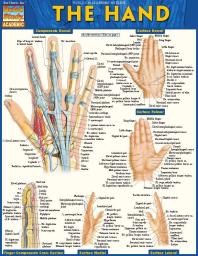
Multiple views of hand including surface anatomy, joints, ligaments, muscles, nerves, arteries, and bone structure.

Lymphatic details in all areas of the body.
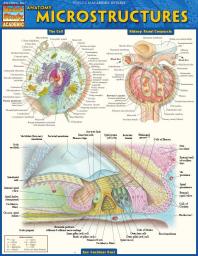
Micro details of the cell, kidney, ear, eye,nose, tongue, skin, hair, blood vessels, alveola, nerve structures, and more.
Other Media
Model Skeleton
Both Clarkson Library locations have a full-scale model skeleton that can be checked out for short-term use in the library. The skeleton at the Health Sciences Library is annotated and has an identification manual (the Skeleton Key, below) you can use to study.
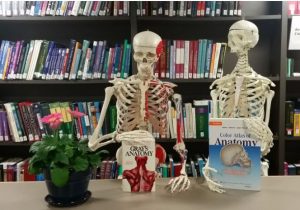
Skeleton Key – identification manual
